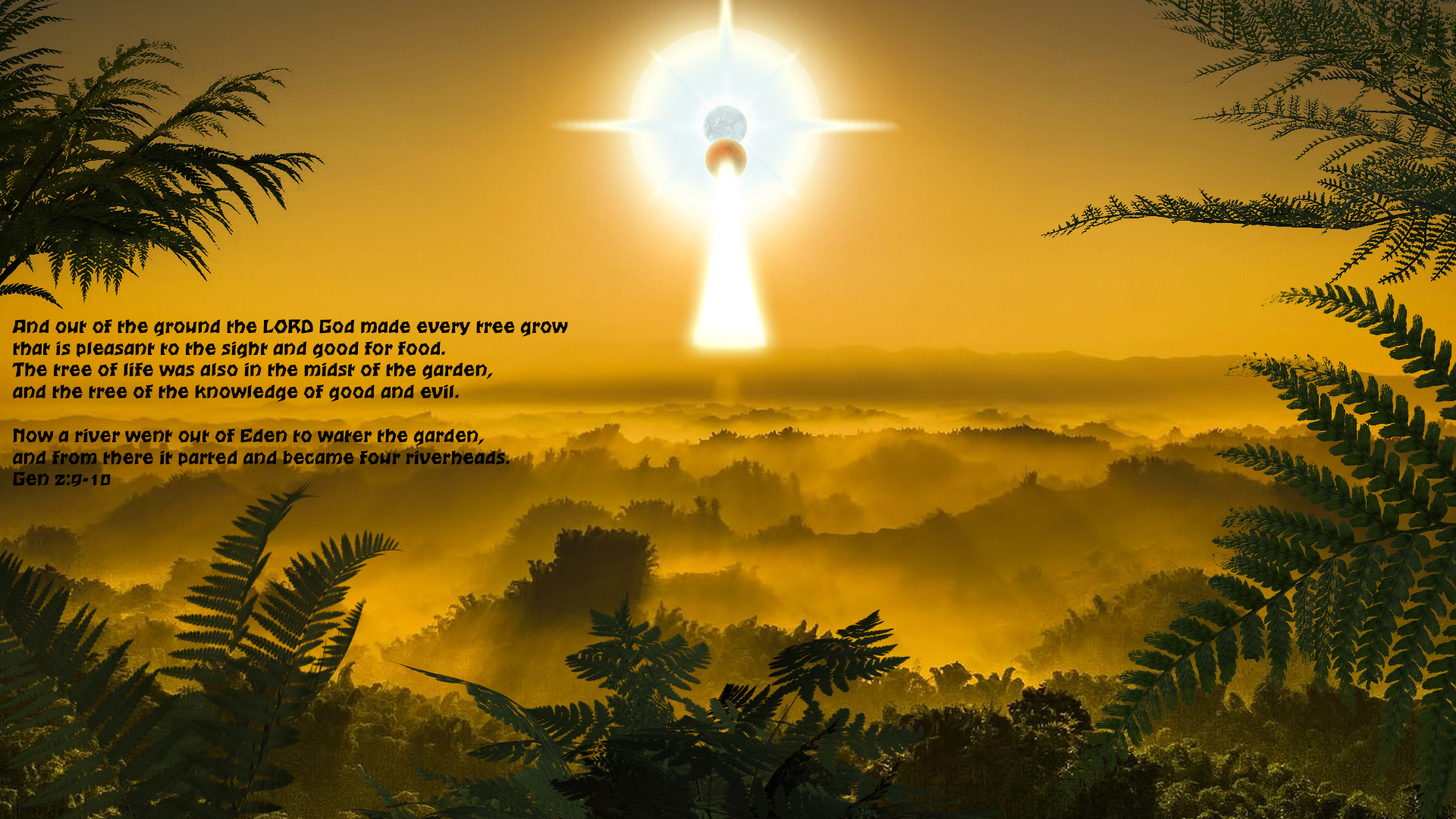


From Thoth archive:
"Since an electric star is heated externally a planet need not be
destroyed by orbiting beneath its anode glow. In fact life is not
only possible inside the glow of a small brown dwarf, it seems
far more likely than on a planet orbiting outside a star! This is
because the radiant energy arriving on a planet orbiting inside a
glowing sphere is evenly distributed over the entire surface of
the planet."
and from 'holoscience':
"The most benign situation for life in an Electric Universe is inside the electrical cocoon of a brown dwarf star. Radiant energy is then evenly distributed over the entire surface of any planet orbiting within the chromosphere of such a star, regardless of axial rotation, tilt, or orbital eccentricity.
The exceedingly thin atmosphere of such stars has the essential water and carbon compounds to mist down onto planetary surfaces. The reddish light is ideal for photosynthesis. Such a model provides one reason why the Search for Extra-Terrestrial Intelligence (SETI) project is unlikely to succeed. Any advanced civilization on such a planet will be unaware that the universe exists outside its own stellar environment, and radio communication through the glow discharge of the star is impossible!"
***************************
This brilliant idea gives a situation that perfectly describes The Garden of Eden, The Time before Time, The Time before the Sun, where life was easy and all we had to do was pluck fruit from luxuriant growth [but not to eat the apples]. There was constancy, no time, no seasons, an apparently congenial climate, and no worries over falling real-estate prices.
We were orbiting inside the envelope of the LTBD with free light and heat from the electrical activity from the surface of the star somewhere above; indeed, everywhere above. Thornhill cites the expectation of water molecules in such an atmosphere, yielding luxuriant growth. Perhaps lower gravity too, to keep the sauropods happy, or perhaps just to keep them existing. It is assumed that life went from its origin to homosapsap during this time, duration uncertain.
I would like to discuss some of the issues arising.
Planets can be created by two means: the "beads-on-a-wire-z-pinch" and the "fissioning" process. Which one produced Earth? I think that is still open.
But how did the Earth get in there? If from "z-pinch", it seems unlikely that one body would form inside another. We are given the "beads on a wire" scenario, which seems to lead to discrete entities. And if from "fission" elsewhere, it seems unlikely that a body would be captured by an LTBD and orbit inside it. [Or is that a rash statement?]
Moving on, what about the status of Earth in its coccoon? I assume the LTBD had a core and an atmosphere above, just as a 'gas-giant' or a full star. Note that Thornhill refers to "the very thin atmosphere". And the Earth would have to be orbiting to avoid collision with the core. So the Earth is supposed to orbiting in the gas atmosphere of the host. Even though the atmosphere is very thin, does this enable orbit? Surely this would lead quickly to spiraling in? Just as space probes exercise 'atmospheric braking' to change the trajectories, would not the Earth lose velocity by friction? Or is there an electromagnetic way of maintaining the orbit? And what of strong tidal effects between Earth and the core, given the likelihood of close orbit? The Garden of Eden does not seem compatible with an environment subject to perpetual earthquakes. The idea is of benign constancy.
But what if there was no core, and the Earth was not orbiting, and just hanging there? The mass of gas would have a center of mass, and the Earth would still have to orbit that. The only solution seems to have the Earth AS the core. Then it could just sit there and do nothing in particular, and that would accord with the Garden environment. But that idea produces problems with how we got out!
So while the situation seems ideal for solving the start of man's history, it is difficult to see how it could have come about in celestial dynamics terms.
At some time, we were banished from the Garden, to fend for ourselves. Blame the serpents. The Earth was somehow expelled from the host LTBD, in what surely was some cataclysmic event - at the very least there would have been earthquakes, I assume. It must have passed through the glow discharge too, but I have no idea of the effect. [Wikipedia gives coolest brown dwarf as 550K, presumably at the surface. Would the atmosphere insulate the inhabitants?]
Was this Doomsday? Or does that term refer to the catastrophe era of relatively recent times?
Ultimately the Earth would have taken up some new station, either in orbit round the LTBD, or another body. Then the story would doubtless develop through phase-lock and polar configurations until the cataclysm of polar configuration break-up, and thence to the present era.
But would the earth have survived in the LTBD, and if so, would mankind have survived the expulsion of Earth from the LTBD to bring his Garden memories with him?

edcrater- Posts: 81
- Joined: Wed Sep 03, 2008 1:57 am
- Location: Limerick, Ire.